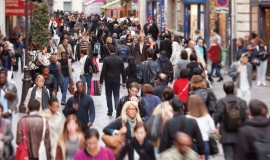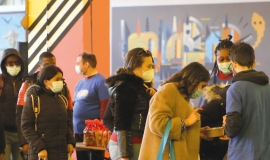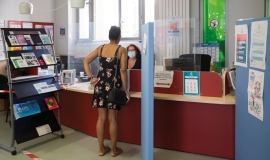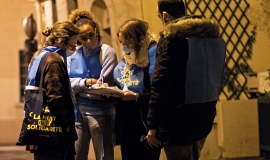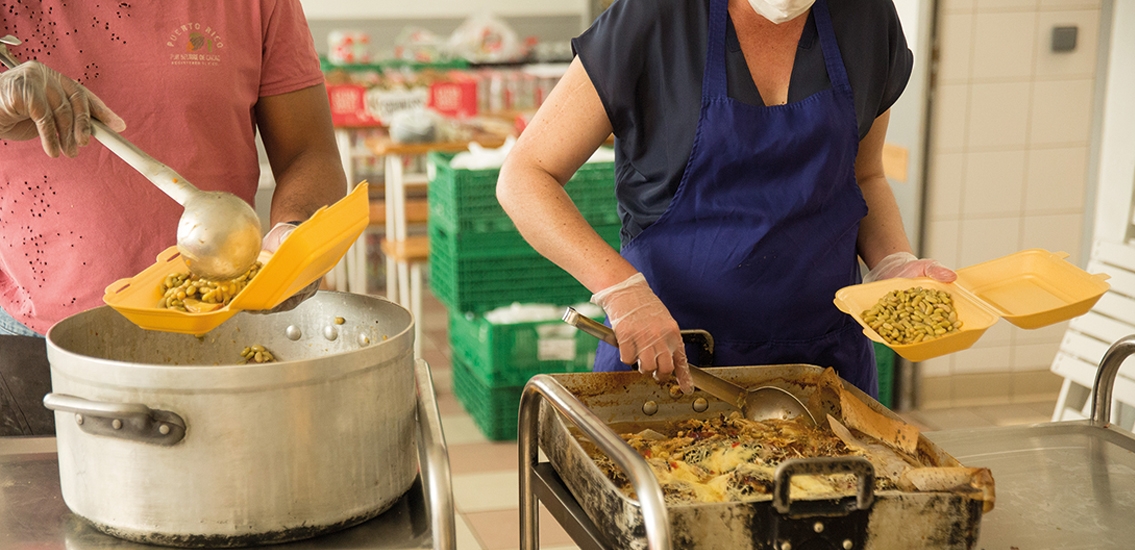
A need for observation and action
Accompanied by Apur, a process of observation and analysis of the social situation was put in place at the beginning of 2021 in the context of the health crisis. It has enabled the City of Paris and its partners to have real-time information on the situation in the Parisian territory and to respond better with more effective action.
This approach aims to reveal underlying trends and to highlight priority issues and emerging needs as well as to anticipate and coordinate responses involving the entire social field in Paris.
Ambitions and objectives
Accompanied by Apur, the process should enable the City of Paris and its partners to have real-time information on the social situation in Paris.
The objectives are to:
- Establish a statistical monitoring of the situational, social data available on the scale of Paris and its districts - arrondissements - and to enable the instigation of responses to the social needs identified.
- Set up a space for exchange and sharing that encourages preventive social action.
- List partnership work in progress in order to circulate information about it better and make it more accessible.
- Promote the production of in depth thematic studies on the effects of the social crisis on the scale of Paris and the Greater Paris - Grand Paris -.
Three methodological themes structure the operational observation approach:
- A statistical overview of the social situation in Paris.
- A survey conducted via a questionnaire and interviews with professionals from the social and associative world.
- A documentary monitoring of articles, studies and research work which have been published or are in progress.
Partners
Partnership meetings are an opportunity to share the results of some of the partners’ work.
THEME 1 - SITUATIONAL DATA
This approach is based on a statistical trend-chart using multiple data sources (City of Paris, Caf de Paris, CPAM, CNAV, Rectorat, Samu Social de Paris, associations…). The trend-chart is added to as data becomes available and will be updated at regular intervals.
This statistical monitoring makes it possible to identify significant current trends for which an immediate Public Authority response is necessary, and weaker signals which enable a logic of preventive social action to be put in place.
Depending on their availability, data giving information on changes in Paris on as fine a scale as possible (neighbourhood, district) will be put into perspective on a temporal level (annual comparison from 2019) and spatially (comparison with metropolitan, regional and national data).
THEME 2 - SURVEYS
The analysis of the social situation cannot be observed solely from a statistical view point. That is why several complementary, qualitative, evaluation tools are also used.
The first among these is a questionnaire aimed at providing information on the needs observed in the field by the many social players and local partners. The results are analysed at regular intervals.
All types of public or associative actors, whatever their theme or level of involvement, can answer the questionnaire which takes 10 to 15 minutes.
The second survey tool consists of interviewing various different players in the social and medico-social field.
The qualitative data gathered are put into perspective alongside the statistical data, to identify the major trends and weaker signals that emerge.
THEME 3 - MONITORING
Since March 2021, Apur’s documentation service has been carrying out a documentary watch devoted to the social situation in Paris.
This monitoring process makes an inventory of articles, studies and research work projects on the subject, that have been published or are being carried out. It shares the latest news about the activities of partners involved, as well as media coverage of the social situation in Paris, the Metropolis and other territories.



